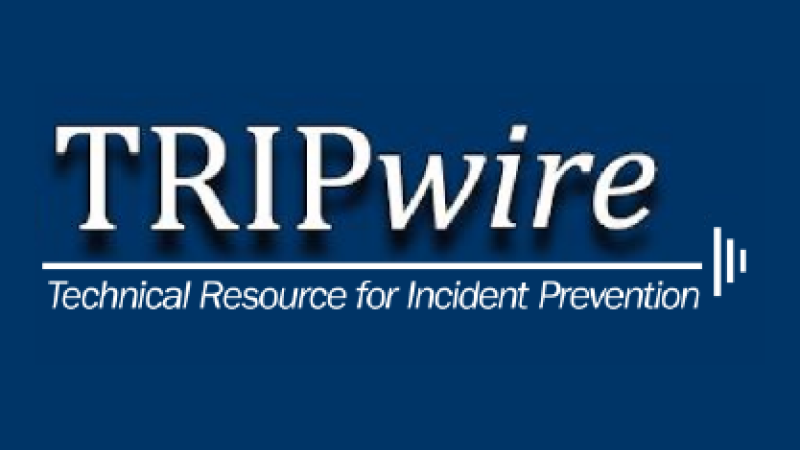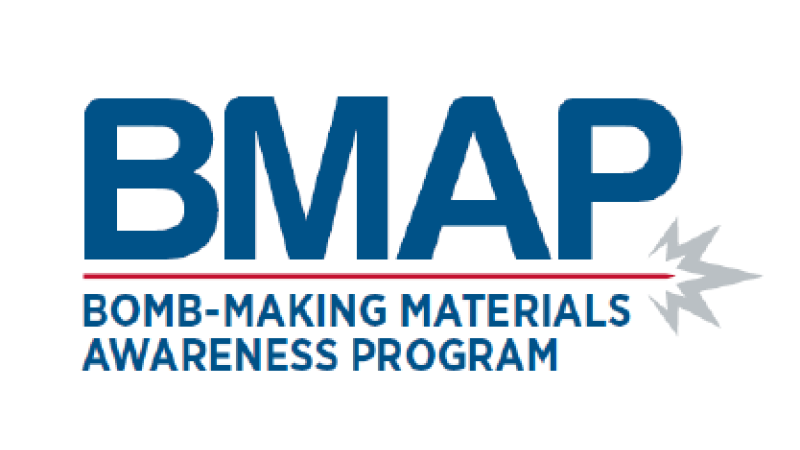
IED Awareness
Explore general Improvised Explosive Device (IED) and bombing prevention awareness information.
What to Do: IED Awareness
Improvised Explosive Devices (IED), more commonly referred to as “homemade” bombs, have remained a persistent threat throughout history. The weapon of choice for many terrorists, criminals, vandals, violent extremists, suicide bombers, and insurgents, their use dates back to the invention of explosives themselves. IEDs are easy to make, difficult to combat, and can cause significant harm and disruption.
Bombings using IEDs are a common security concern related to terrorism and violence in the United States. High profile domestic and international incidents are frequently in the news. Globally, the use of IEDs has trended upward in frequency and magnitude since 9/11 and the threat posed to American interests over the coming decade will likely remain high. Terrorists and criminals will continue to use these weapons in a variety of ways, ranging from bomb threats and hoax devices to mass-casualty attacks and sophisticated operations.
An IED is a device placed or fabricated in an improvised manner incorporating destructive, lethal, noxious, pyrotechnic or incendiary chemicals and designed to destroy, incapacitate, harass or distract. IEDs can be carried or delivered by a vehicle or person; placed or projected; mailed or delivered in a letter or package; or concealed as innocuous items. The design/production of IEDs is only limited by the knowledge and skills of the bomber and the availability of materials to construct the device.
There is no single way to identify an IED given the wide variety of materials that could be used to construct one. However, understanding the key components can improve your ability to identify an IED. IEDs may be constructed out of various everyday items and contain various fillers (e.g., explosive, chemical, biological, nuclear, or hazardous material). They can range in size from a small box to a large vehicle. A would-be perpetrator's only limitations are available resources, personal ingenuity, and degree or extent of know-how.
IEDs consist of various components, including an initiator, switch, main charge, power source, and container. IEDs may incorporate additional materials or "enhancements" such as nails, glass, ball bearings, or other metal accouterments designed to increase the effects of shrapnel propelled by the explosion. Although less common, enhancements may also include toxic, radiological, or chemical elements considered to be hazardous materials. An IED can be designed, constructed, and initiated with various combinations of components depending on the intended use of the device and the target.
Unfortunately, IEDs are not always rendered safe, and explosions can occur. The effects of a bombing event include thermal (heat), blast pressure and fragmentation. Understanding how to react to these effects in the event of an explosion is critical. The decisions made in the first few moments after an explosion are crucial. Following these steps can assist in what to do:
- ASSESS the situation. It can take a minute to get oriented after an explosion. Scan the area for other threats, including an active shooter or more bombs. Bombs are often used as part of a more complex attack.
- LOCATE the source of the blast. This can help you recognize the destruction around it and get away from any buildings or structures that were damaged or might collapse.
- Ideally, you would EVACUATE away from the blast location toward a safer area. But that might not be possible if you are injured and physically unable, or if the blast has made the area structurally unstable.
- If there are limited paths to exit from the blast site, you might be safer to REMAIN or shelter in place and wait for help to arrive.
- Whether you stay or leave, try to TAKE ACTION to render aid.
If you believe you've found an IED, it is important to report it right away. Early detection can lead to the prevention of a bombing incident. To report an IED or suspicious item, immediately contact your local law enforcement or call 9-1-1.
Additionally, don’t touch the suspected item. Instead, immediately move and direct others to move away immediately. Establish a perimeter to secure the area and continue to direct people away. Use frontal and overhead cover and if available wear personal protective equipment.
Training
Access training courses for general knowledge about IEDs and general bombing prevention awareness.
For more information about the Office for Bombing Prevention (OBP) Training Program and the types of courses we offer, visit the OBP Training page.
Bombing Prevention Awareness Course (AWR-348)
High-Risk Explosives Sweep Course (PER-939)
HME and Precursor Awareness Course (AWR-338)
IED Construction and Classification Course (AWR-333)
Products
Gain general knowledge about IEDs and general bombing prevention awareness with these products.
DHS-DOJ Bomb Threat Stand-Off Card
Increase in Bomb Threats and Suspicious Packages
VBIED Identification Card
What to Do: Surviving a Bombing Attack Video
Tools/Services
Utilize specific tools and services that provide general knowledge about IEDs and bombing prevention awareness.
Bomb-Making Materials Awareness Program (BMAP)

Technical Resource for Incident Prevention (TRIPwire) Portal

TRIPwire
To access more bombing prevention resources, visit the Technical Resource for Incident Prevention (TRIPwire). TRIPwire is an online, collaborative information-sharing and resource portal designed to help prevent improvised explosive device incidents.
Contact
To report suspicious activity, call 9-1-1 or contact local law enforcement.
For additional information about OBP resources, please contact your local Protective Security Advisor (PSA) or OBP directly at OBP@cisa.dhs.gov.
Informed, alert communities play a critical role in keeping our nation safe. Everyone has a responsibility to protect our nation—"If You See Something, Say Something."





